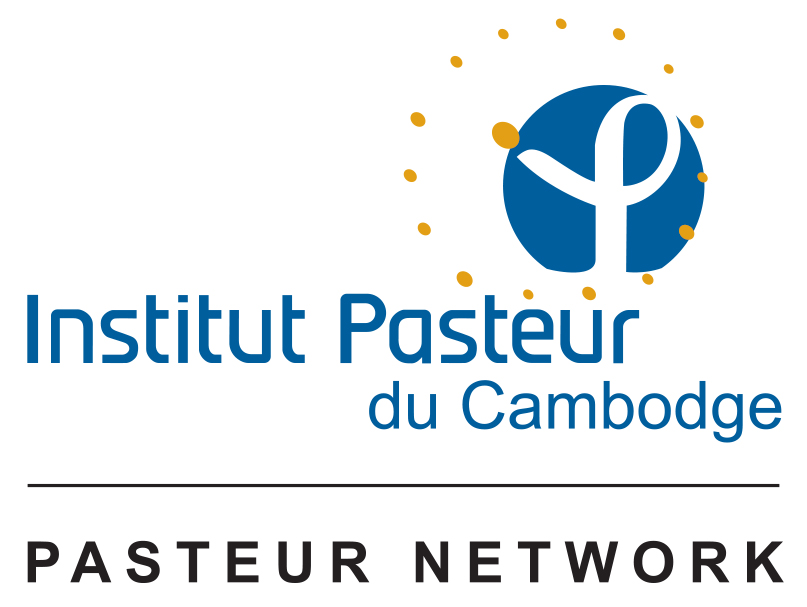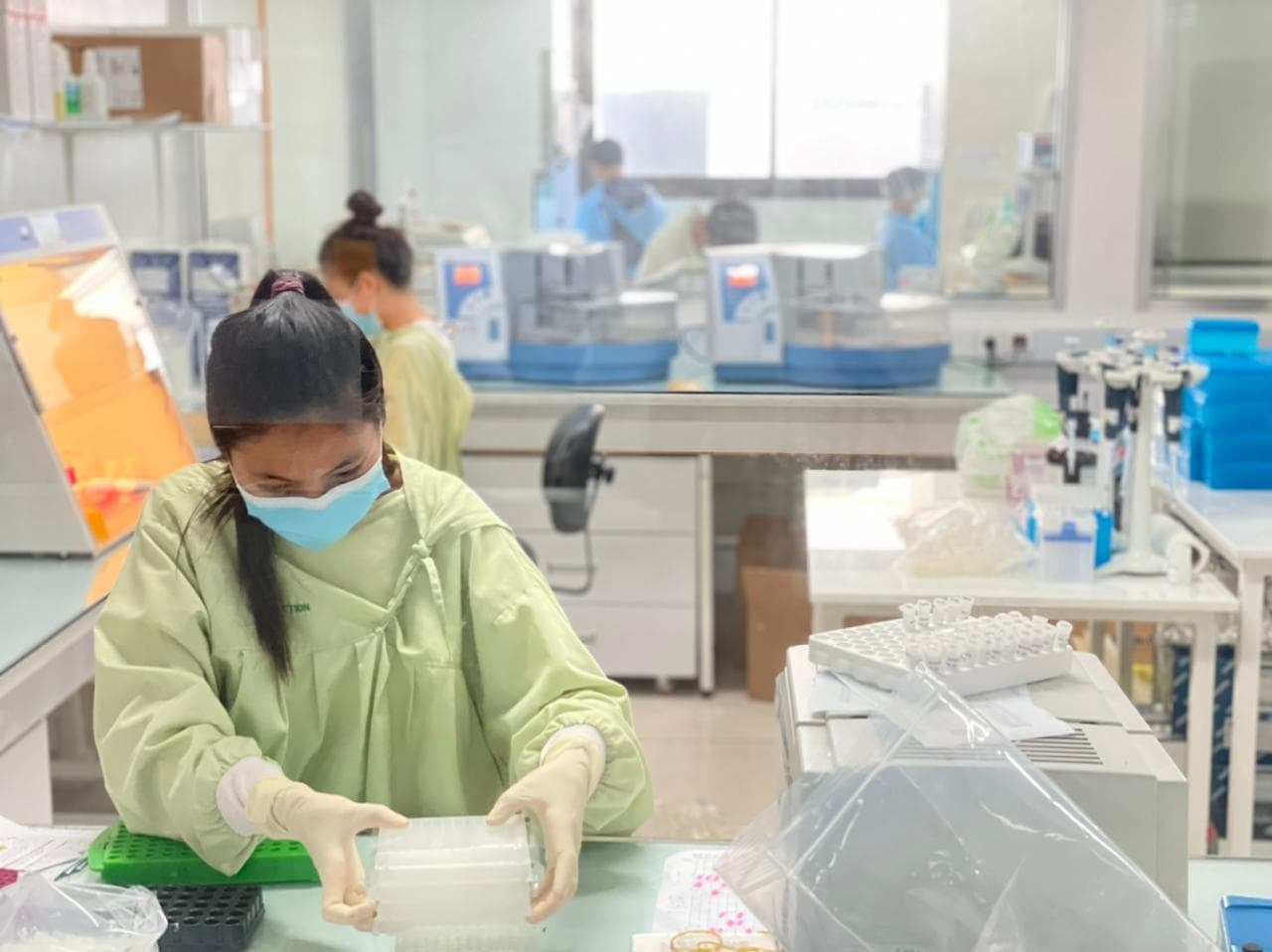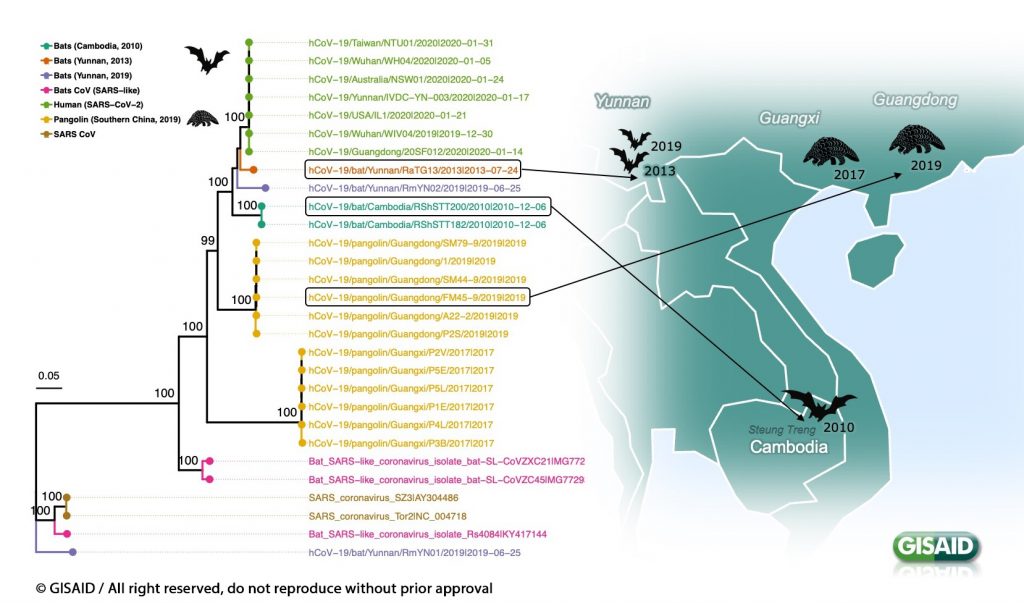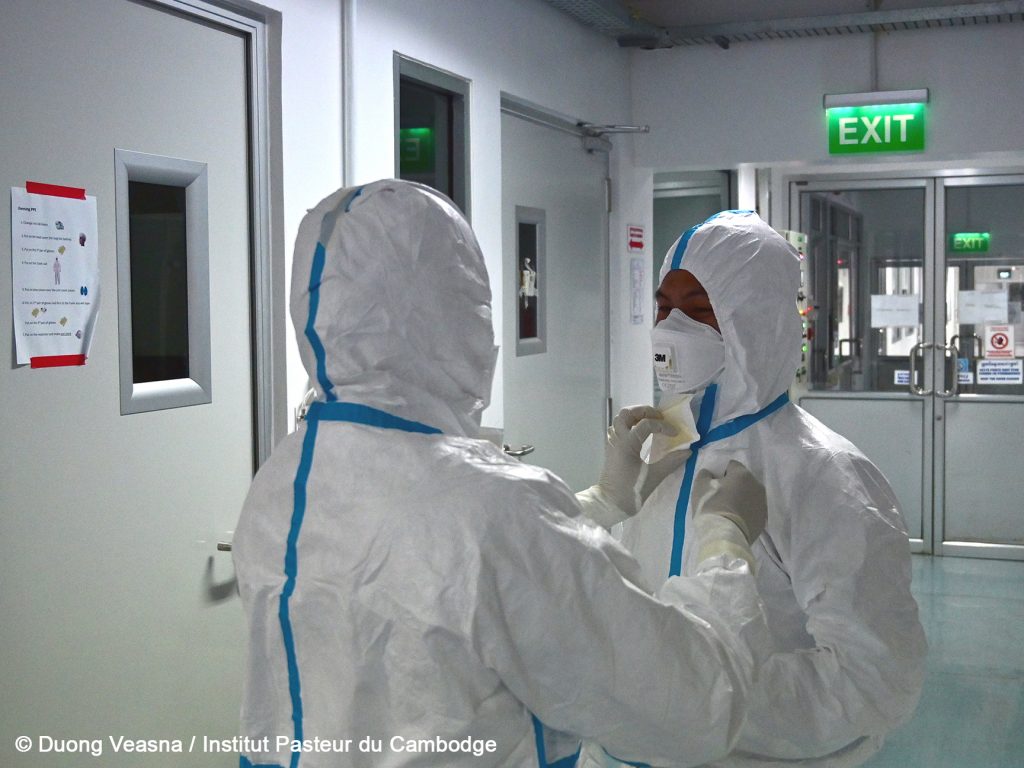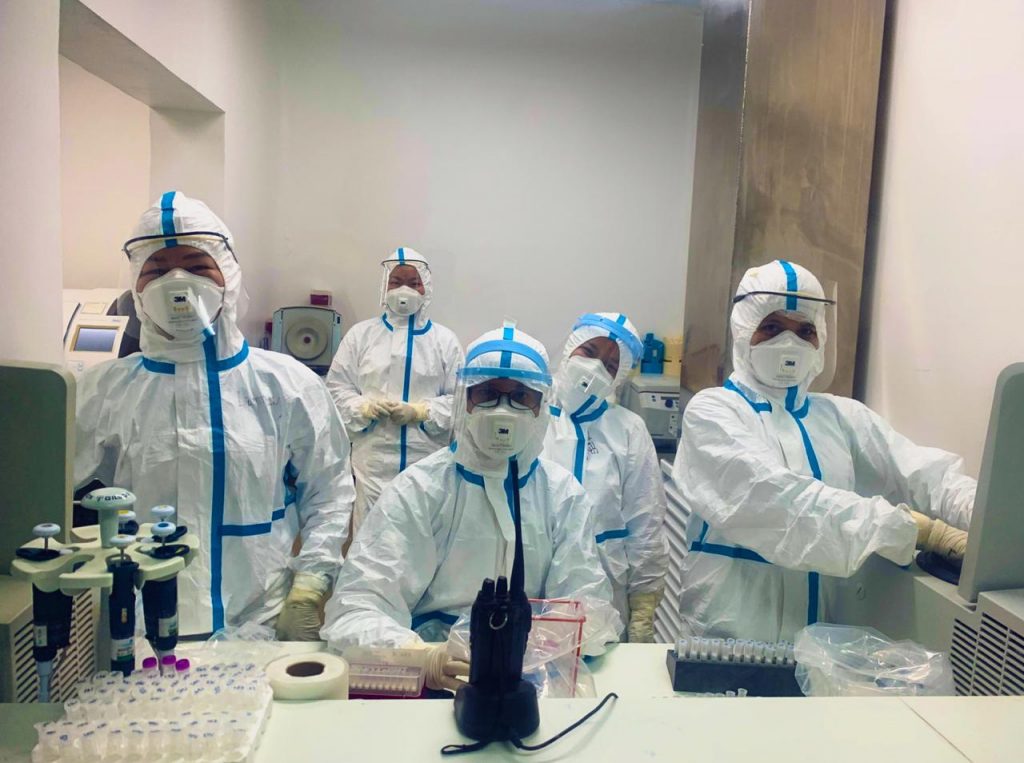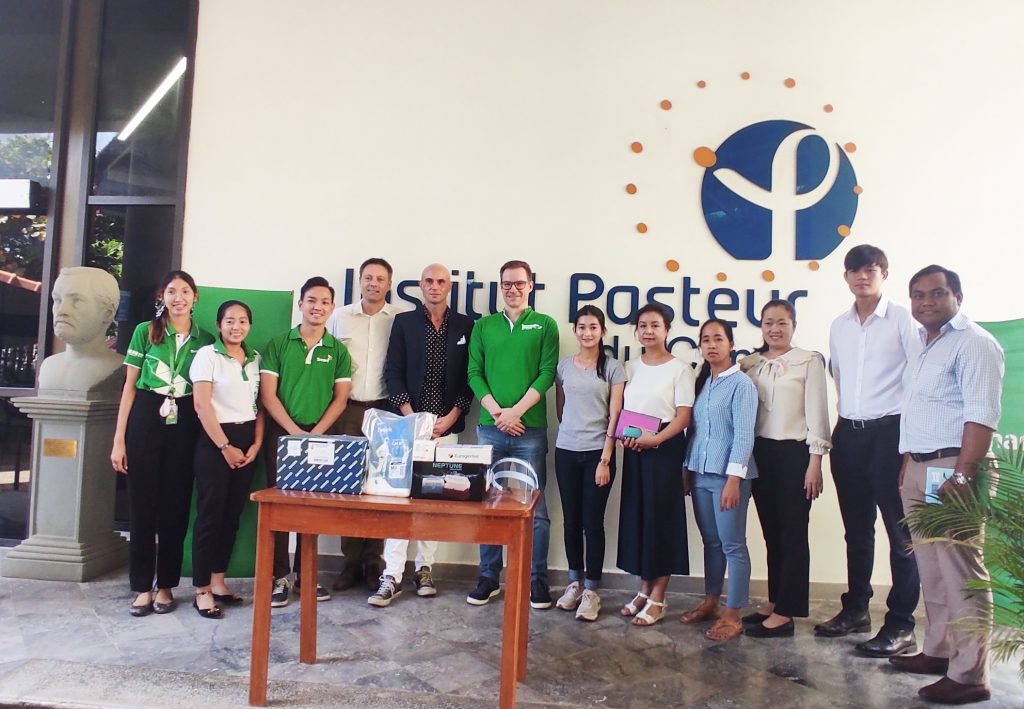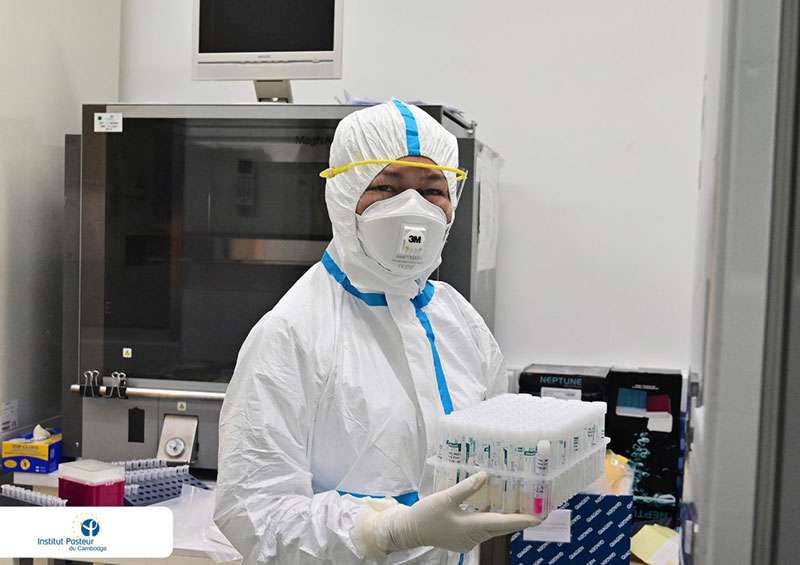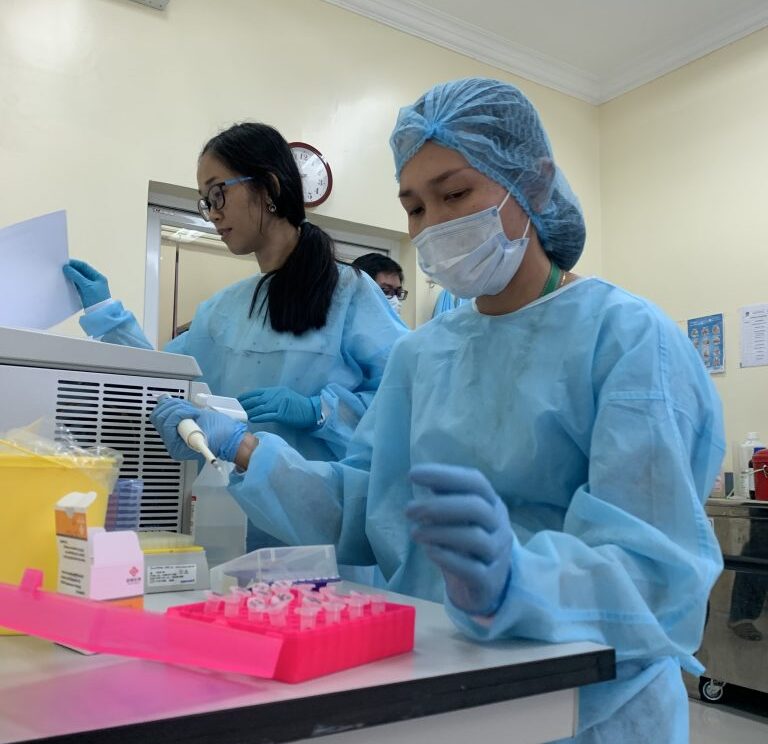- HOME
- INSTITUT PASTEUR DU CAMBODGE
- SERVICES
- Medical Biology Laboratory
- Calibration Laboratory
- International Vaccination Center
- Laboratory of Environment & Food Safety
- Rabies Prevention Centers
- Rabies Serology for Pets International
- Voluntary Counseling & HIV Testing
- RESEARCH
- PUBLICATIONS
- TEACHING
- JOIN US
- CONTACT US
- DONATE
- OPENING HOURS
- SEARCH

Close
